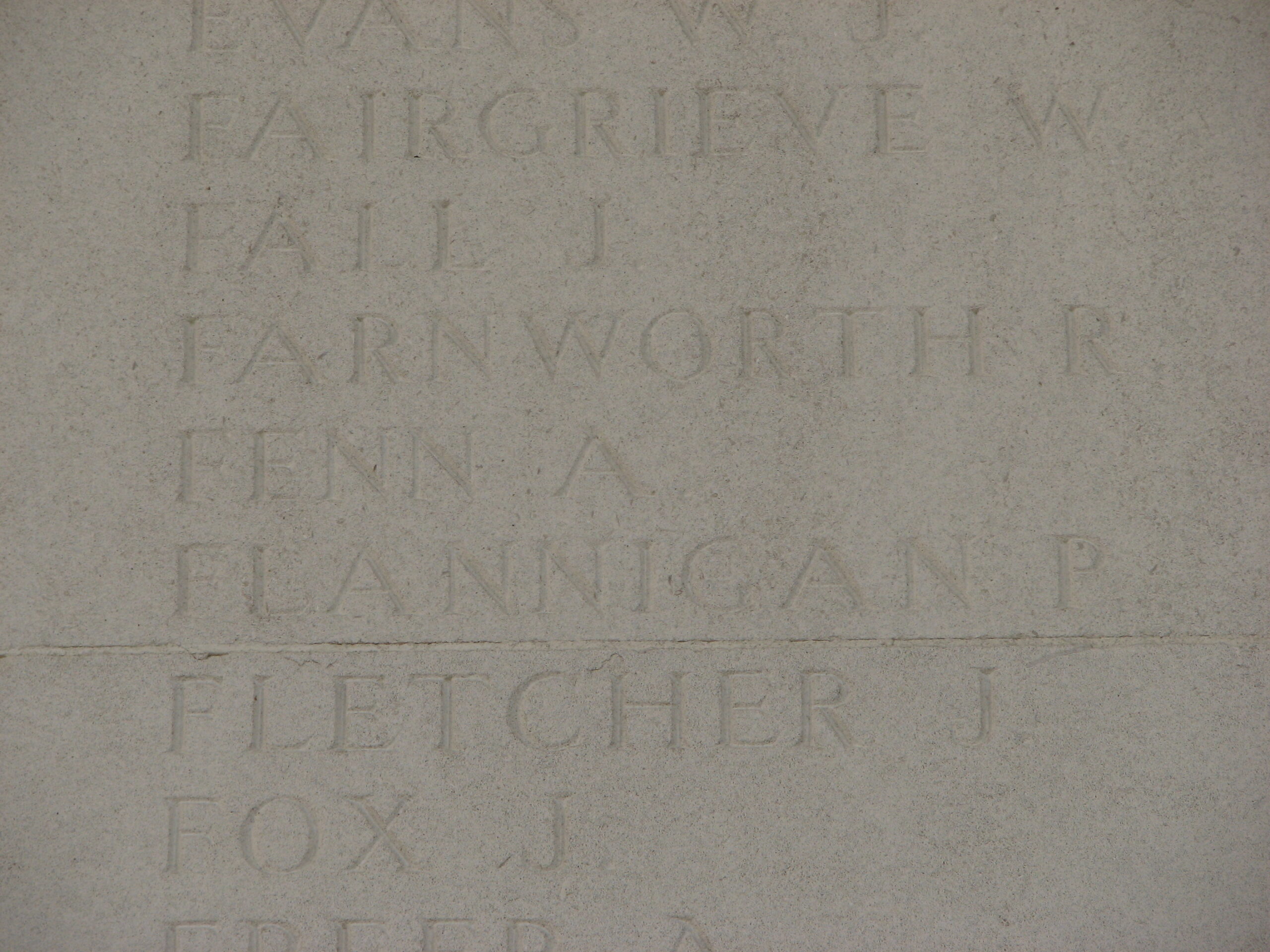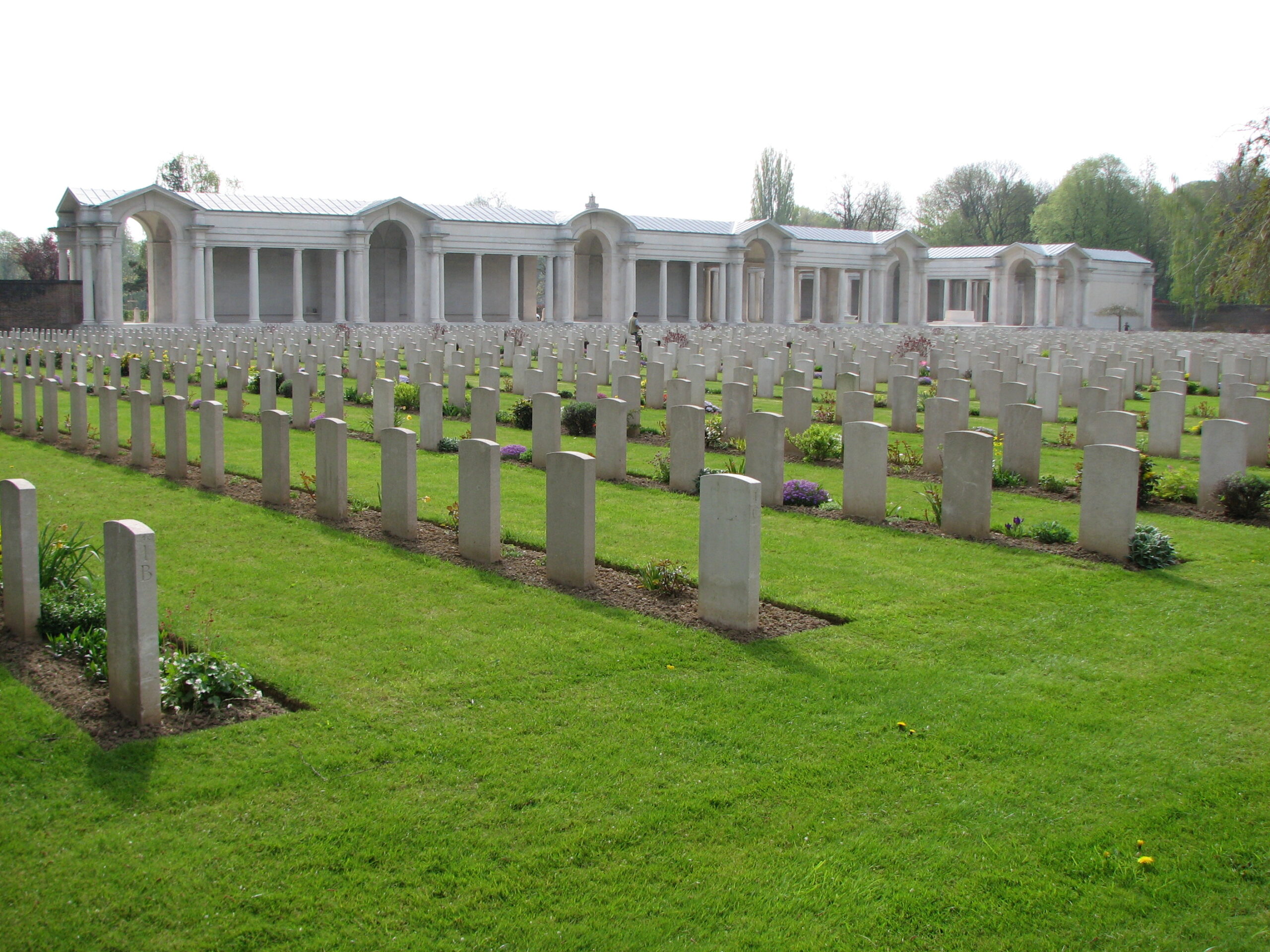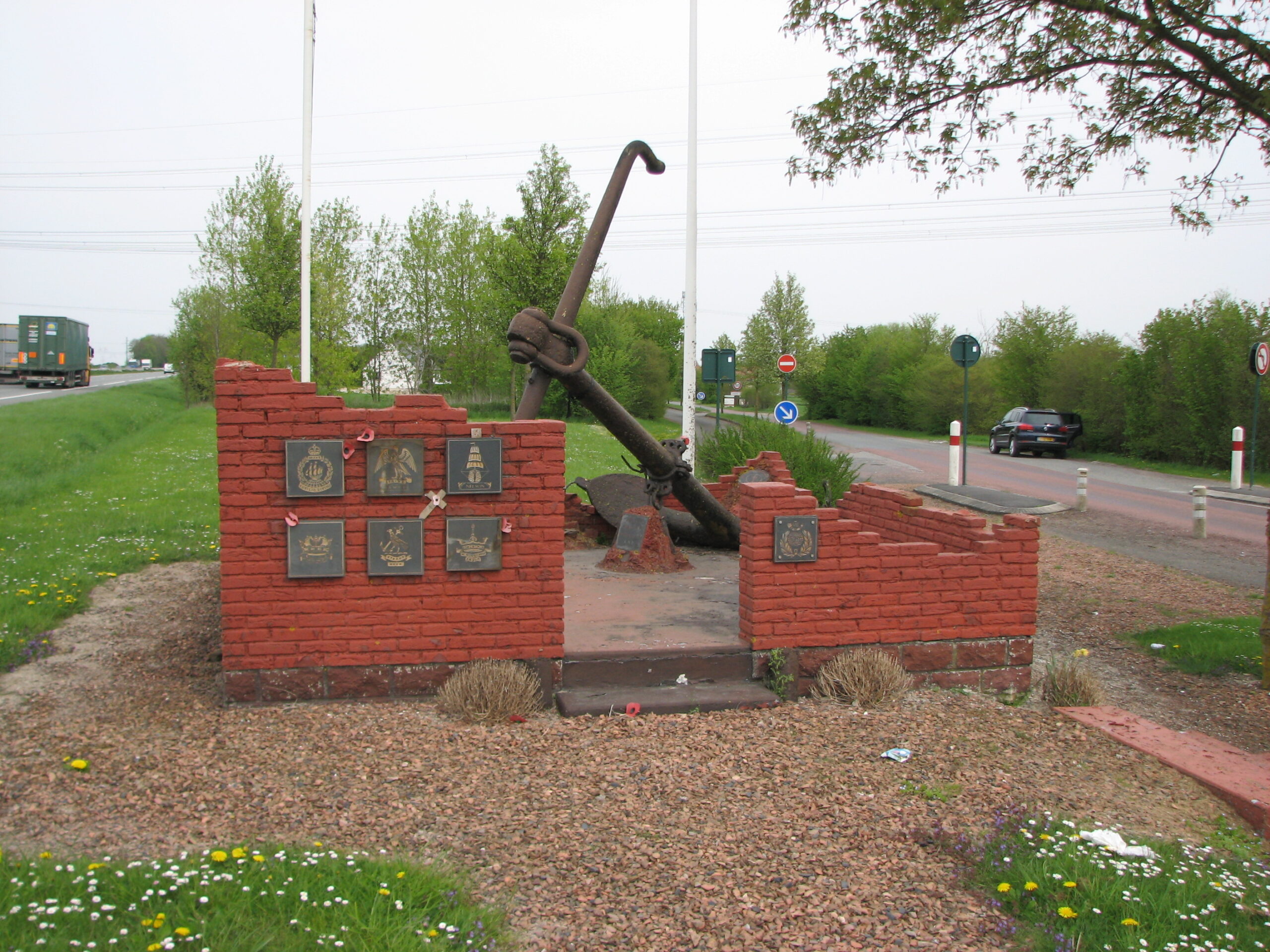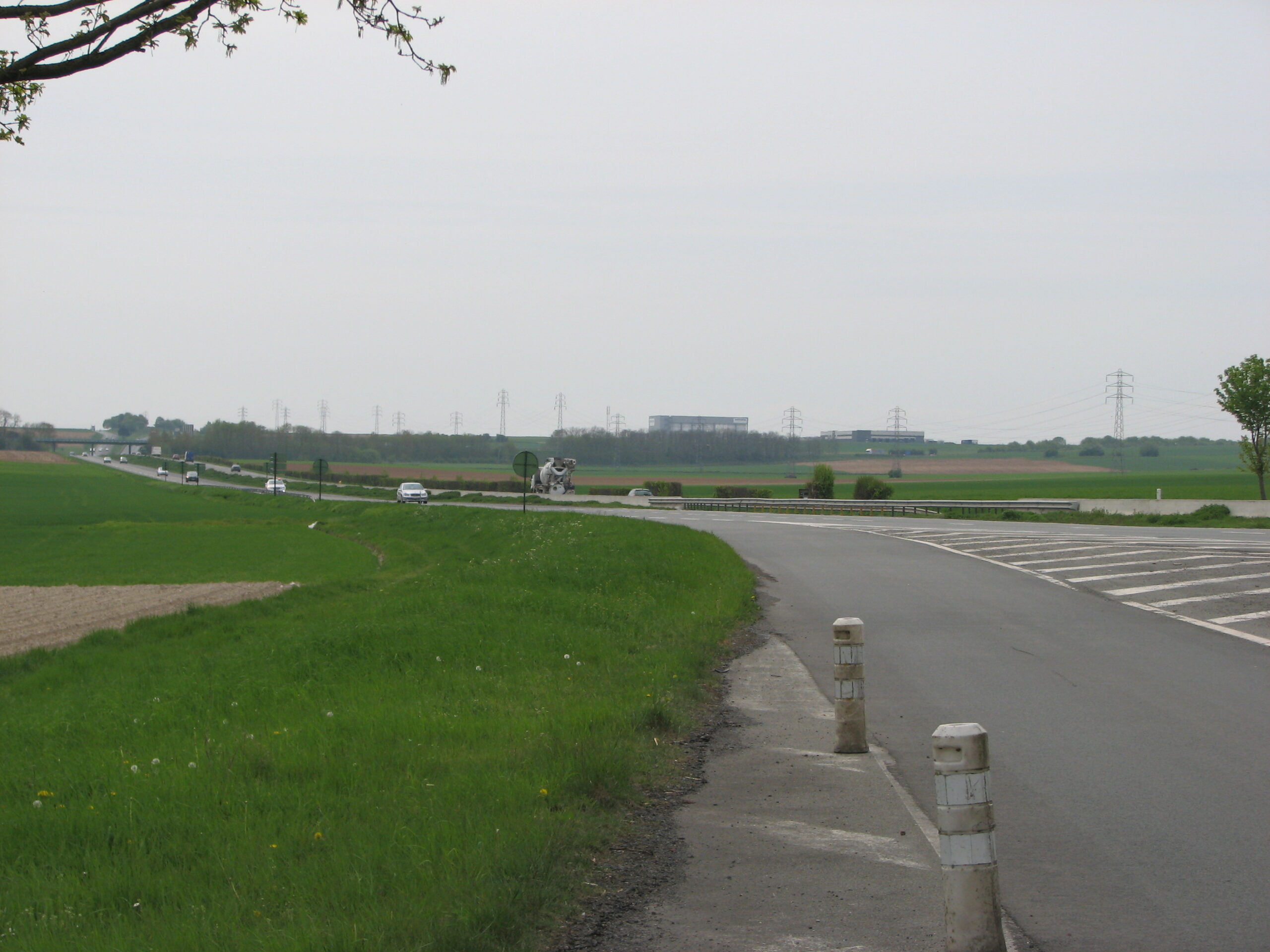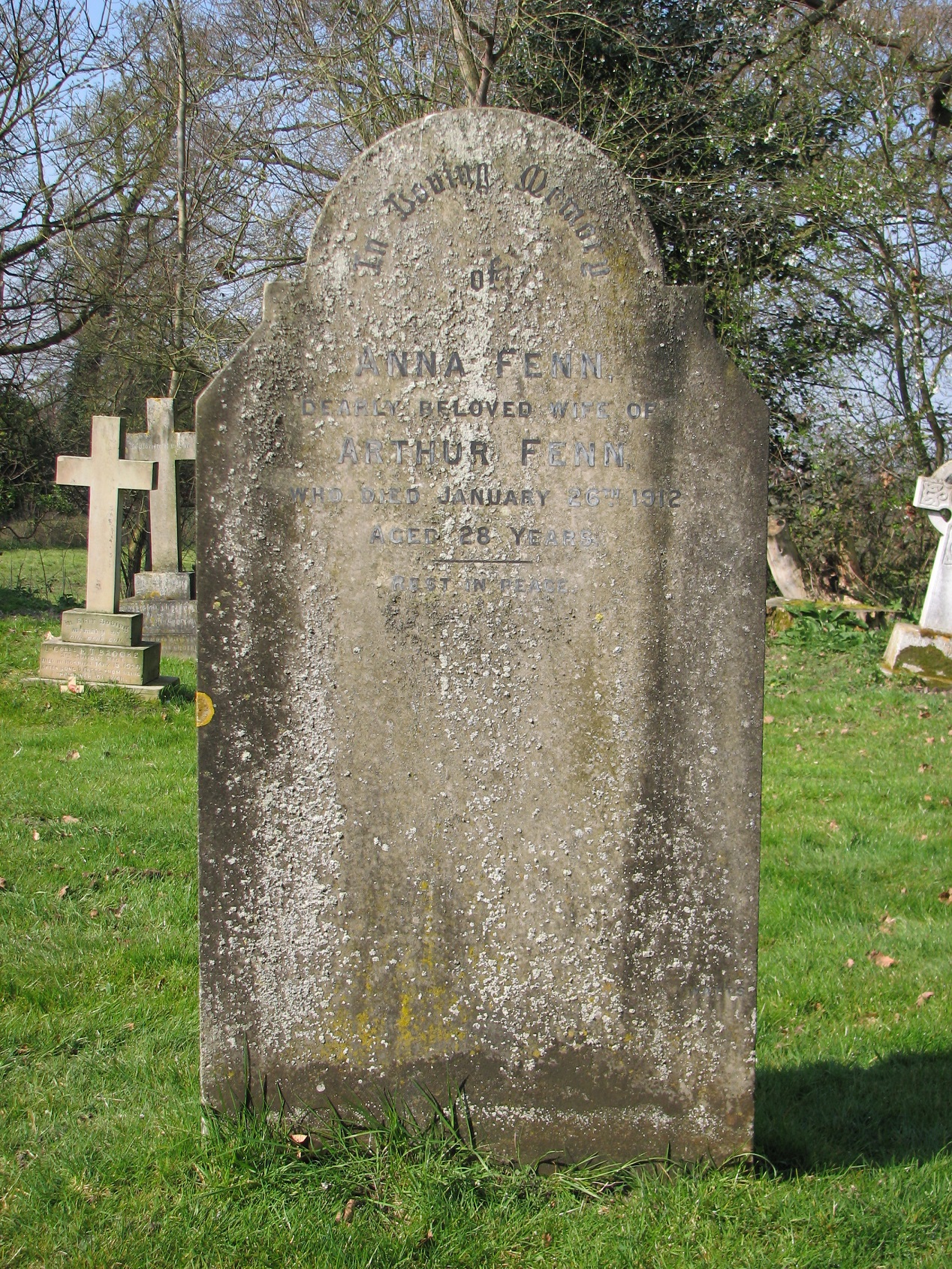Arthur Fenn (1881 - 1917)
Arthur lived in Bridge Cottage at Flatford and worked as a Miller’s Carter, before he joined the Army. He served in the Royal Naval Division on the Western Front and was killed during the Battle of Arras, leaving a wife and young son.
- 34
- Died in the Great War
- 51.959757, 1.019872
Details
| Name: | Arthur Fenn |
| Service: | Royal Naval Volunteer Reserve |
| Unit: | Nelson Battalion, Royal Naval Division |
| Service Number: | R/435 |
| Rank: | Able Seaman |
| Date of Death: | 15th April 1917 |
| Age: | 36 |
| Commemorated: | Bay 1, Arras Memorial, Arras, France |
Family Background and Early Life
Arthur Fenn was born in East Bergholt – possibly at Lattinford Cottages – on 21st February 1881, the third of Harry and Clara Fenn’s 4 children.
Harry Fenn, who was an Agricultural Labourer, was originally from Chediston, near Halesworth. He had married Clara Juby from Cretingham near Framlingham, in 1877, and within 2 years they had moved to East Bergholt. Together, they would have 4 children – 3 sons and a daughter.
The family later moved to Holton St. Mary, where Harry was left to bring up his children alone after Clara died in 1887. After leaving school – Arthur was employed as Horseman on a Farm, and later a Carter.
Arthur was still living in Holton, when on 30th March 1907 he was married to Diana Peartree at the Parish Church there. Diana – or Anna as she was also known – was from Raydon and was two years Arthur’s junior.
By the autumn of the following year, Arthur was working as a Carter at Flatford Mill and he and Anna lived at Bridge Cottage (at that time, 2 residences), where their son Harry was born in the November.
Less than 4 years later in January 1912, Anna – who appears to have suffered from ill health for some time – died, at the age of 28. She was buried in the village cemetery where her headstone can still be seen.
In November 1914, Arthur remarried, to Henrietta Cone from Stoke by Nayland. They stayed living in Bridge Cottage from where Henrietta served teas to the visiting tourists. She would later recall Arthur as “a kind man”.
From Army to the Navy
Arthur volunteered for service in the British Army under the Group Scheme on 7th December 1915. 1 More commonly called the Derby Scheme, after Lord Derby, the Director-General of Recruiting. This was effectively a last ditch attempt by the government to increase recruitment by voluntary means, before they had to resort to conscription. He formally enlisted and joined the Army Reserve, but as permitted under the terms of the Scheme, he then chose to go back to his civilian occupation until he was required.
His surviving Service Record notes that Arthur was 5 foot 41/2 inches tall, weighed 8 stone 12 lbs, with dark brown hair, hazel eyes and a medium complexion.
Arthur was formally “called up” on 6th November 1916. He was one of the first Army replacements to be transferred to the Royal Naval Division, whose manpower had previously come from the Senior Service.
The Royal Naval Division was formed in September 1914, at the instigation of Winston Churchill (then First Lord of the Admiralty) when it was realised that there were far too many men in the Royal Naval Reserves to man its ships. The intention being that the Division would fight alongside – and under orders from – the Army.
From late 1916 onwards, as replacements – such as Arthur – were transferred from the Army, the Division’s Naval character decreased – though those who served in its original Battalions were still given naval ranks. Arthur’s rank was Able Seaman, the equivalent of a Private in the Army.
Harry Fenn later said that the last sight he had of his father, was of Arthur walking over the bridge at Flatford on his way to joining his unit and embarking for France.
Arthur was sent to France in January or February 1917. After a short period at a Base Depot near the coast, he was posted temporarily to No. 8 Entrenching Battalion. This was a unit intended in part to give men an introduction to trench warfare, by using them as labourers for the Royal Engineers close to the front lines.
On 26th February 1917, Arthur joined the Nelson Battalion of the Royal Naval Division. The Battalion had been moved into Reserve after being involved in heavy fighting earlier that month, and much of its time until early April was taken up with training, as well as carrying out a variety of labouring tasks in working parties.
The Battle of Arras
This period in Reserve was not to last, and the Battalion were earmarked for involvement in the British offensive now known as the Battle of Arras. This was to be part of a joint offensive with the French. The British Army were to attack on an eleven mile front close to the town of Arras, whilst the French offensive took place 45 miles to the south.
The British offensive was launched on 9th April 1917, and started very successfully with significant British gains in the first 2 days. 2 The Battle of Arras ground on until 16th May 1917, but unfortunately, the promise of the first few days did not last. It is regarded by some as one of the more successful offensives of the Great War, in large part because of those initial advances. However, in terms of average daily casualties, it was also the most costly offensive battle fought by the British Army during the Great War. Nelson Battalion was not involved at this stage, but on 14th April, they moved into the front line on the Point du Jour ridge, overlooking the village of Gavrelle.
The very next day, 15th April 1917, the Nelsons moved forward to support an unsuccessful attack by a neighbouring unit. The Battalion suffered 17 casualties, including 15 men wounded – Arthur was one of the 2 men who were killed.
Arthur Fenn has no known grave and is officially commemorated on the Arras Memorial to the Missing. 3 The Memorial commemorates almost 35,000 servicemen from the United Kingdom, South Africa and New Zealand, who died in the Arras sector between the spring of 1916 and 7 August 1918, and have no known grave.
Postscript
Henrietta Fenn later remarried, to Brice Bird from Burnt Oak. Together, they would have three sons and a daughter. All of Henrietta and Brice’s sons served in the Second World War – their second son. Herman was killed in action whilst serving with Bomber Command in 1942. Herman is commemorated on the Second World War Memorial in St. Mary’s Church.
When Henrietta remarried, Harry Fenn went to live initially with his maternal Grandmother and later, then with an aunt and uncle who lived in Mill Hill, London. Harry married and had a family and is believed to have died in Suffolk in 1987.
Acknowledgements
I am very grateful for the kind assistance given to me by Brice and Henrietta Bird’s daughter, the late Mrs A. De’Ath.
Copyright © Mark Ashmore, 2024
- 34
- Died in the Great War
- 51.959757, 1.019872


